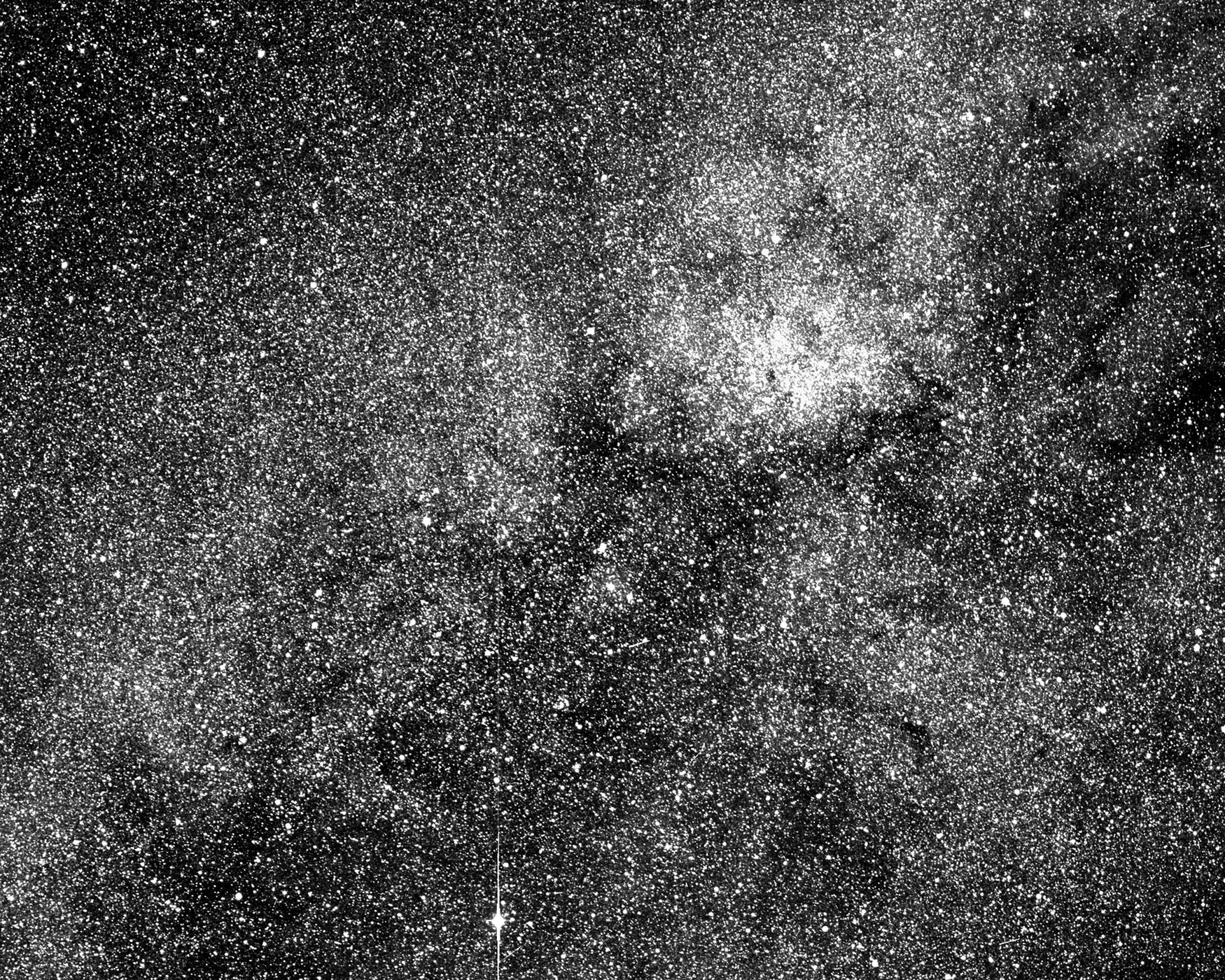NASA’s TESS Has Snapped Its First Photo and It’s Amazing!

NASA’s Transiting Exoplanet Survey Satellite (TESS) launched last month with the help of a SpaceX Falcon 9 rocket. It lifted off on April 18 from Cape Canaveral Air Force Station, Florida.
After it passed by the moon on 17 May, NASA officials received the image snapped by TESS in April and then shared it with the world.
The mission of ‘hunting’ exoplanets and finding life on them has just started. And looking at the beautiful space photograph, TESS will not disappoint. However, the satellite hasn’t yet begun its mission. It will first have to reach the final orbit so that it can continue to orbit the Earth from a perfect distance. NASA officials wrote in a statement on 18 May:
“This highly elliptical orbit will maximize the amount of sky the spacecraft can image, allowing it to continuously monitor large swaths of the sky.”
The last engine burn will take place on May 30, and in mid-June, TESS can finally start its two-year mission.
Beta Centauri and the Coalsack Nebula Captured by TESS
This first image captured by TESS was a test done by one of its four cameras. The photo was taken on 26 April, and it shows the southern constellation Centaurus. The photo shows over 200,000 stars. NASA officials continued their statement, explaining what the photo showed:
“The edge of the Coalsack Nebula is in the right upper corner, and the bright star Beta Centauri is visible at the lower left edge.”
NASA also added that TESS would discover far more space objects once she can get a ‘science-quality image’:
“TESS is expected to cover more than 400 times as much sky as shown in this image with its four cameras during its initial two-year search for exoplanets. A science-quality image, also referred to as a ‘first light’ image, is expected to be released in June.”
TESS will exceed Kepler’s work, and it will monitor the brightness of the stars and look for more exoplanets than Kepler could do until now.
0 comments